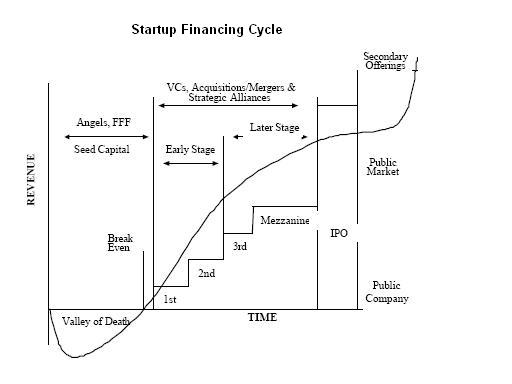On the 28th of May 2014, the Corporations and Markets Advisory Commission (CAMAC) hands to government its...
Kickstarter
Crowdfunding is no longer a fringe concept, it’s a legitimate way to fund your growing business. Whether you’ve...
“Problems are only opportunities in work clothes.” Henry J. Kaiser US Industrialist I was talking to a class...
This article is one of a collection of articles on Crowdsourcing published this week, you can find...
Look at Scrubs star Zach Braff who, after appealing to his fans to support his indie film...
I have recently spent a lot of time researching the companies and products in the Internet of Things...
Kickstarter.com is now accepting projects in Australia and New Zealand http://www.kickstarter.com/australia . People can start building their projects...
Many people don’t think its possible to get a customer to fund your business, but it really...







